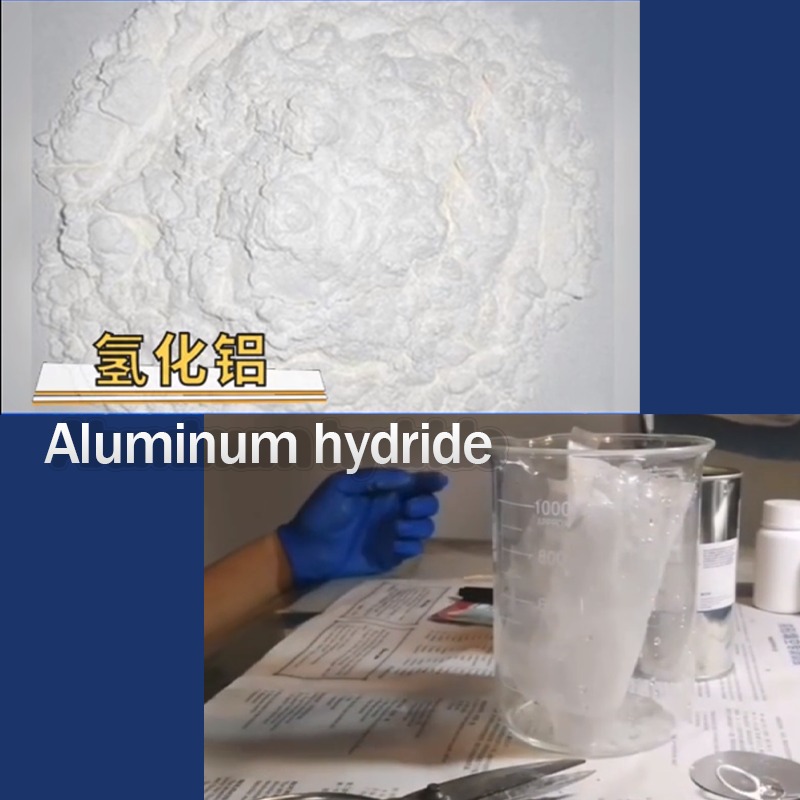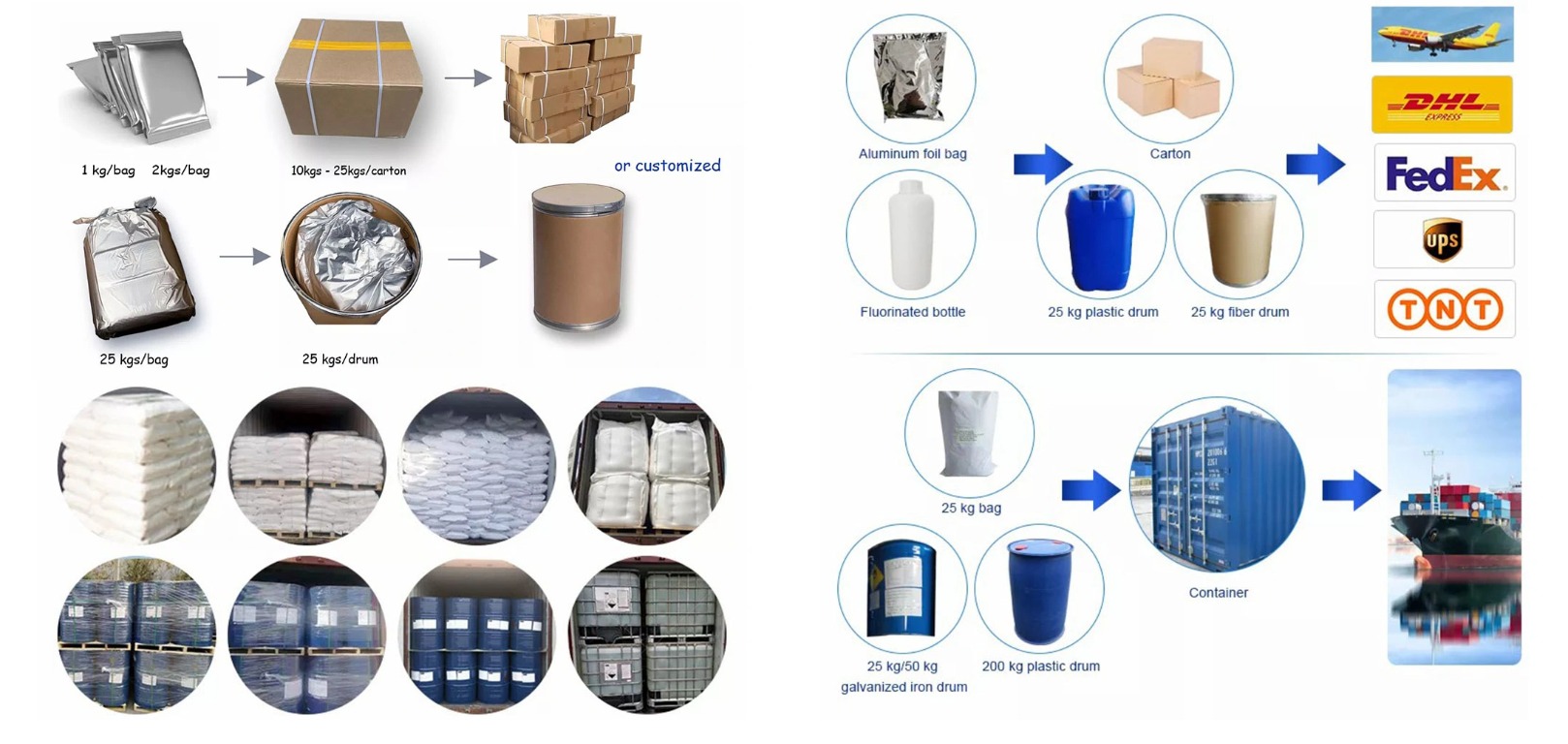


Aluminium hydride (also known as alane and alumane) is an inorganic compound with the formula AlH3. Alane and its derivatives are common reducing (hydride addition) reagents in organic synthesis that are used in solution at both laboratory and industrial scales.
In solution—typically in etherial solvents such tetrahydrofuran or diethyl ether—aluminium hydride forms complexes with Lewis bases, and reacts selectively with particular organic functional groups (e.g., with carboxylic acids and esters over organic halides and nitro groups), and although it is not a reagent of choice, it can react with carbon-carbon multiple bonds (i.e., through hydroalumination).
Given its density, and with hydrogen content on the order of 10% by weight, some forms of alane are, as of 2016, active candidates for storing hydrogen and so for power generation in fuel cell applications, including electric vehicles.[not verified in body] As of 2006 it was noted that further research was required to identify an efficient, economical way to reverse the process, regenerating alane from spent aluminium product.
Aluminum hydride, also known as alane, is an inorganic compound with the chemical formula AlH3. It is a colorless solid, soluble in THF and ether solvents, and is mainly used as a reducing agent.
Aluminium hydride info:
| ChEBI | |
| ChemSpider | |
|
PubChem CID
|
|
| Molecular weight |
|
| Properties | |
|---|---|
| AlH3 | |
| Molar mass | 29.99 g/mol |
| Appearance | white crystalline solid, non-volatile, highly polymerized, needle-like crystals |
| Density | 1.477 g/cm3, solid |
| Melting point | 150 °C (302 °F; 423 K) starts decomposing at 105 °C (221 °F) |
| reacts | |
| Solubility | soluble in ether reacts in ethanol |
| Thermochemistry | |
|
Heat capacity (C)
|
40.2 J/mol K |
|
Std molar
entropy (S⦵298) |
30 J/mol K |
|
Std enthalpy of
formation (ΔfH⦵298) |
-11.4 kJ/mol |
|
Gibbs free energy (ΔfG⦵)
|
46.4 kJ/mol |
